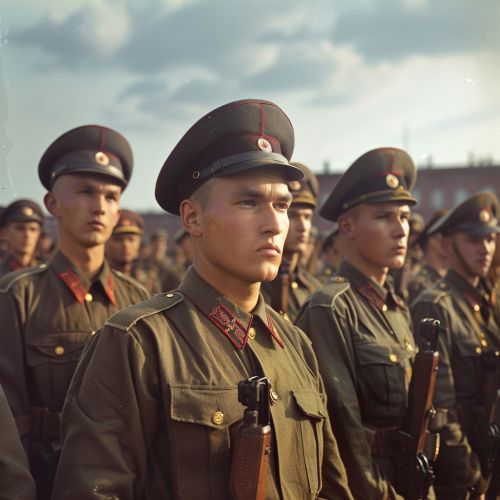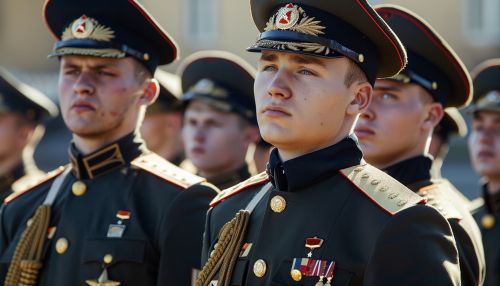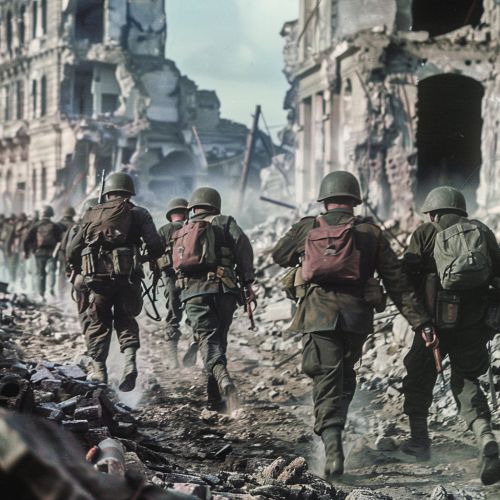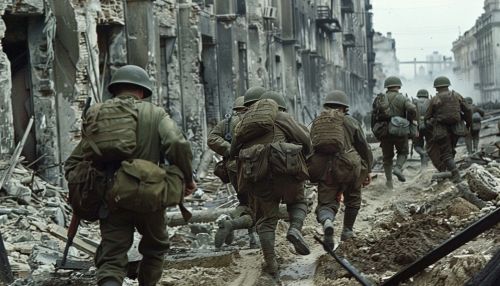Red Army
Formation and Early Years
The Red Army, officially known as the Workers' and Peasants' Red Army, was the military force of the Soviet Union from 1918 to 1946. It was established by decree on January 15, 1918, by Vladimir Lenin, the leader of the Russian Soviet Federative Socialist Republic, as a means to protect the newly formed government from both internal and external threats.


The Red Army was initially composed of workers and peasants who were not experienced in military matters. However, the army quickly grew in size and strength, thanks to the leadership of experienced military officers and the introduction of mandatory military service.
Role in the Russian Civil War
During the Russian Civil War (1918–1922), the Red Army played a crucial role in defending the Soviet government against the White Army, a loose confederation of anti-Bolshevik forces. Despite facing numerous challenges, including a lack of equipment and training, the Red Army managed to secure several key victories, which ultimately led to the defeat of the White Army and the consolidation of Soviet power.
Modernization and Expansion
In the years following the Russian Civil War, the Red Army underwent significant modernization and expansion. This was largely driven by the Soviet government's commitment to the doctrine of proletarian internationalism, which held that the Soviet Union had a duty to aid and support other socialist revolutions around the world.
The Red Army's modernization efforts were also influenced by the rise of new military technologies, such as tanks and aircraft. These new technologies were incorporated into the Red Army's tactics and strategies, resulting in a more effective and efficient fighting force.
Role in World War II
The Red Army played a pivotal role in World War II, particularly on the Eastern Front, where it engaged in a brutal and costly conflict with Nazi Germany. Despite suffering heavy losses in the early stages of the war, the Red Army was able to turn the tide of the conflict with victories at key battles such as Stalingrad and Kursk.


The Red Army's role in World War II culminated in the Battle of Berlin, where it played a decisive role in the defeat of Nazi Germany. Following the end of the war, the Red Army occupied several countries in Eastern Europe, leading to the establishment of the Eastern Bloc.
Post-World War II and Dissolution
After World War II, the Red Army was reorganized and renamed several times, eventually becoming the Soviet Army in 1946. Despite these changes, the Red Army's legacy continued to influence Soviet military doctrine and strategy throughout the Cold War.
The Red Army was officially dissolved in 1991, following the dissolution of the Soviet Union. However, its influence can still be seen today in the armed forces of several post-Soviet states, including the Russian Federation.
